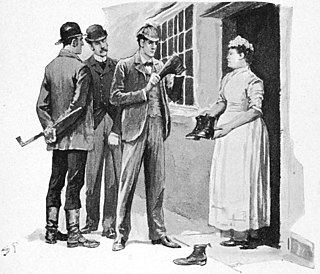
Detective fiction is a subgenre of crime fiction and mystery fiction in which an investigator or a detective—whether professional, amateur or retired—investigates a crime, often murder. The detective genre began around the same time as speculative fiction and other genre fiction in the mid-nineteenth century and has remained extremely popular, particularly in novels. Some of the most famous heroes of detective fiction include C. Auguste Dupin, Sherlock Holmes, Kogoro Akechi, and Hercule Poirot. Juvenile stories featuring The Hardy Boys, Nancy Drew, and The Boxcar Children have also remained in print for several decades.
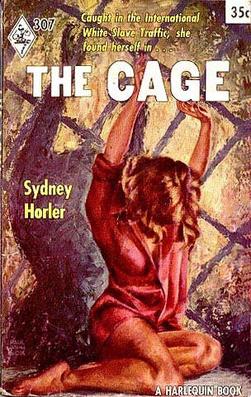
Sydney Horler was a prolific British novelist specialising in thrillers. He was born in Leytonstone, Essex, and educated at Redcliffe School and Colston School in Bristol.
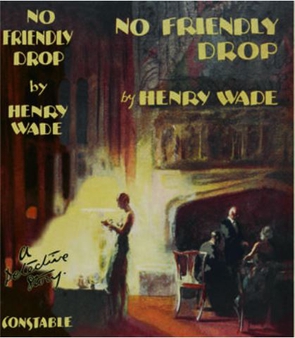
No Friendly Drop is a 1931 mystery detective novel by the British writer Henry Wade. It was the second in a series of seven novels featuring the character of Inspector Poole, published during the Golden Age of Detective Fiction. It was released in the United States the following year by Brewer and Warren where it received positive reviews in the New York Herald Tribune and the New York Evening Post, with the latter describing it as "A superior detective story, depending more upon intrinsic interest in a logical plot than upon excitement and goriness for its hold on the reader".

The Hanging Captain is a 1932 mystery detective novel by the British writer Henry Wade. Wade was a writer of the Golden Age of Detective Fiction, best known for his series featuring Chief Inspector Poole. This was one of a number of stand-alone novels he wrote.
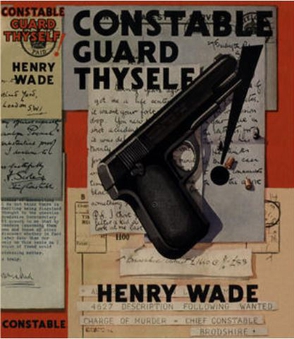
Constable Guard Thyself is a 1934 mystery detective novel by the British writer Henry Wade. It was the third in a series of seven novels featuring the character of Chief Inspector Poole, although it was preceded by the 1933 short story collection Policeman's Lot in which seven of the twelve stories had featured Poole. After his more experimental novel Mist on the Saltings Wade returned to the traditional detective model.

Bury Him Darkly is a 1936 mystery detective novel by the British writer Henry Wade. It was the fourth in a series of seven novels featuring the character of Inspector Poole. Along with the following Poole novel, Lonely Magdalen, it marked a shift towards more realistic police procedurals that has been described as pioneering. Superintendent Fraser, who appeared in Wade's fist novel The Verdict of You All, also appears as one of the characters.
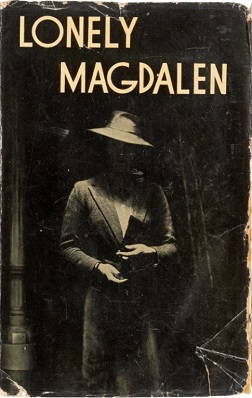
Lonely Magdalen is a 1940 mystery detective novel by the British writer Henry Wade. It was the fifth in a series of seven novels featuring the character of Inspector Poole, published during the Golden Age of Detective Fiction. The book focuses more closely on police procedural than the traditional puzzle format. There was a thirteen-year gap between this and the next entry in the series Too Soon to Die.

The High Sheriff is a 1937 mystery detective novel by the British writer Henry Wade. Wade was a writer of the Golden Age of Detective Fiction, best known for his series featuring Inspector Poole. This was one of a number of stand-alone novels he wrote, structured as a partially inverted detective story.

Too Soon to Die is a 1953 mystery detective novel by the British writer Henry Wade. It was the sixth in a series of seven novels featuring the character of Inspector Poole, published during the Golden Age of Detective Fiction. It followed a thirteen year gap since the publication of the previous novel Lonely Magdalen.
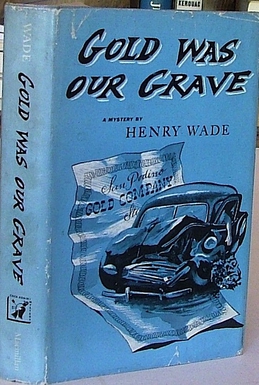
Gold Was Our Grave is a 1954 mystery detective novel by the British writer Henry Wade. It was the seventh and last in a series of novels featuring the character of Inspector Poole, published during the Golden Age of Detective Fiction.
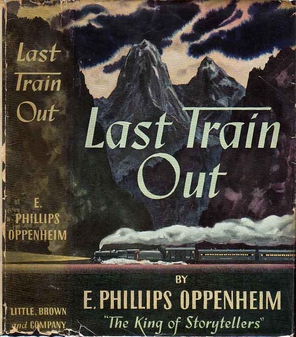
Last Train Out is a 1940 thriller novel by the British writer E. Phillips Oppenheim. A prolific and popular writer since the Victorian era, it was one of his final works and takes place in the build-up to and early stages of the Second World War. It was notable for its sympathetic portrayal of all the Jewish characters, from an author who had in the past sometimes relied on more negative Jewish stereotypes.
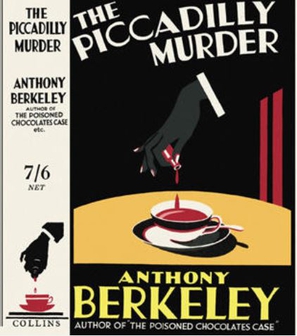
The Piccadilly Murder is a 1929 mystery detective novel by the British writer Anthony Berkeley. Berkley was a prominent writer during the Golden Age of Detective Fiction, known for his private detective Roger Sheringham series and his development of the inverted detective story. Although not part of the Sheringham series it featured the character of Chief Inspector Moresby of Scotland Yard who also appeared several times with Sheringham. Moresby reappeared with the chief protagonist Chitterwick in a sequel Trial and Error in 1937.

Trial and Error is a 1937 mystery detective novel by the British writer Anthony Berkeley. It was a loose sequel to the 1929 novel The Piccadilly Murder, featuring two of the characters from the earlier work the unprepossessing but shrewd Ambrose Chitterwick and Chief Inspector Moresby of Scotland Yard. Berkeley was a prominent author of the Golden Age of Detective Fiction, known for his inverted detective stories.

Not to Be Taken is a 1938 mystery detective novel by the British writer Anthony Berkeley. It was one of several stand-alone novels he wrote alongside his series featuring the private detective Roger Sheringham. It was written when the Golden Age of Detective Fiction was at its height. It was published in the United States with the alternative title A Puzzle in Poison.

Treason in My Breast is a 1938 mystery detective novel by Anthony Gilbert, the pen name of British writer Lucy Beatrice Malleson. It is the fourth in her long-running series featuring the unscrupulous London solicitor and detective Arthur Crook. Crook became one of the established characters of the Golden Age of Detective Fiction, although in this case the novel was more similar to a Victorian melodrama than a conventional whodunnit.

Colonel Gore’s Second Case is a 1925 detective novel by the Irish writer Lynn Brock. It was the second in his series of seven novels featuring the character of Colonel Wyckham Gore. Gore enjoyed popularity during the early stages of the Golden Age of Detective Fiction. After solving his first case Gore now establishes his own detective agency.

Released for Death is a 1938 crime thriller novel by British writer, Henry Wade. Wade was a writer of the Golden Age of Detective Fiction, best known for his series featuring Inspector Poole. This was amongst a number of stand-alone novels he wrote. It has elements of an inverted detective story, rather than the traditional closed circle of suspects.
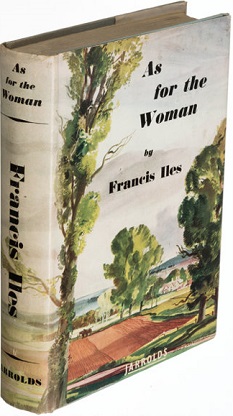
As for the Woman is a 1939 novel by the British writer Anthony Berkeley, written under the pen name of Francis Iles. It was the final novel of Berkeley, a key writer of the Golden Age of Detective Fiction, as he concentrated on reviewing after this point. He later told fellow writer John Dickson Carr that he produced the book during a period of great emotional strain and that its poor commercial and critical reception affected him badly. Thereafter he turned down all offers to write further novels. Although two further novels under the Iles name were announced by the publisher, neither of them were ever released.

The Double Florin is a 1924 thriller novel by John Rhode, the pen name of the British writer Cecil Street. Like H.C. McNeile's Bulldog Drummond and Agatha Christie's The Secret Adversary the plot revolves around a Bolshevik conspiracy to destroy capitalism and western democracy. The title refers to the Double florin coin.

The Elephant Never Forgets is a 1937 thriller novel by the British writer Ethel Lina White. It was published in the United Kingdom by the Collins Crime Club and in America by Harper Brothers. White was an established mystery writer, whose novel The Wheel Spins was made into the film The Lady Vanishes the following year.




















